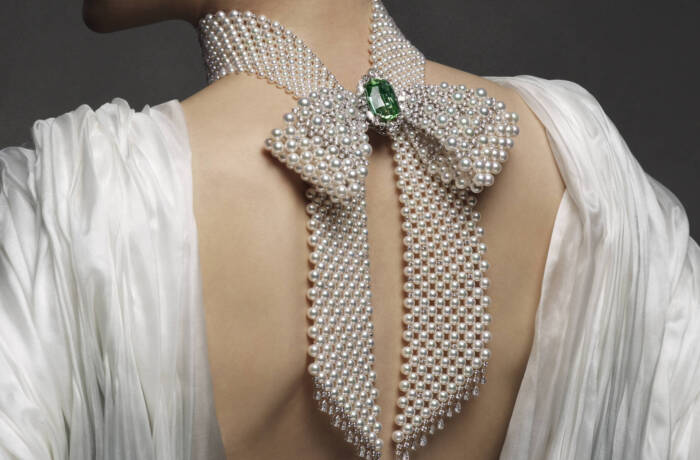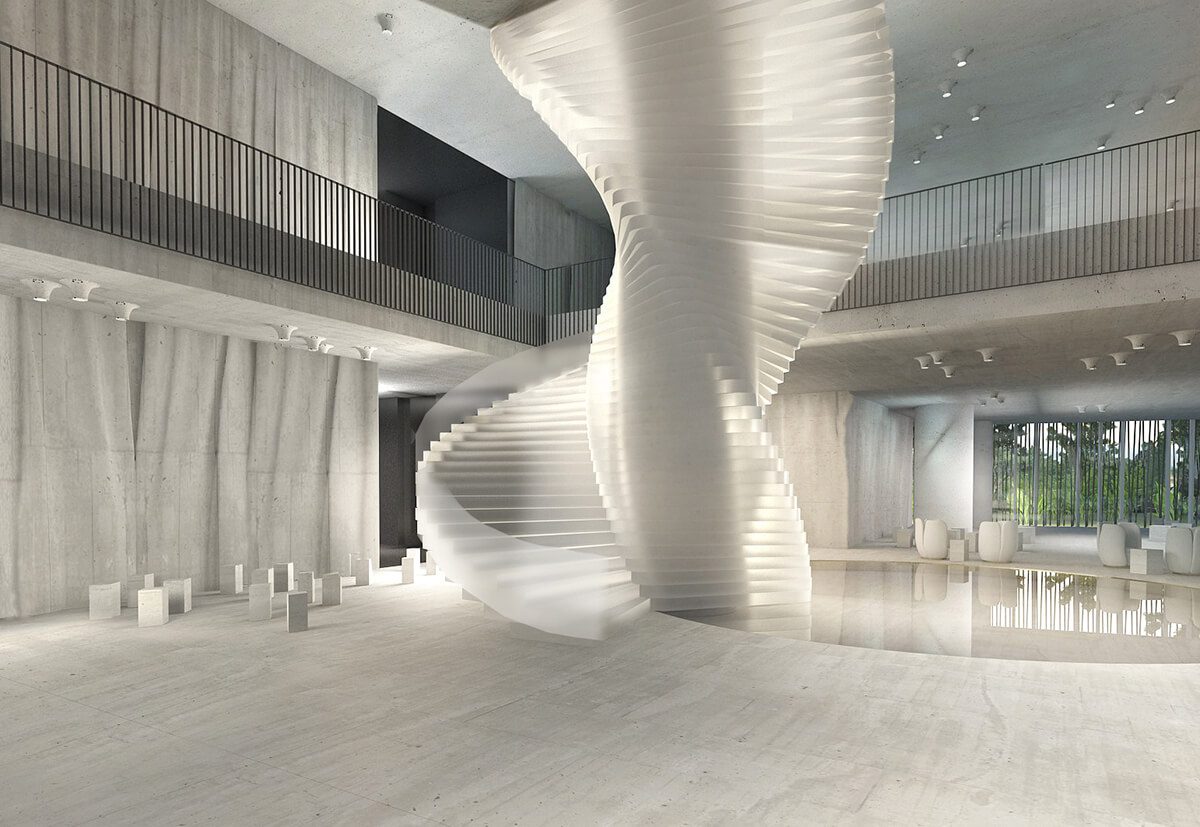
Render of a project for a confidential client in China by Design Haus Liberty
London-based architecture and interior design practise Design Haus Liberty might be a relatively new name in the industry, but it has already developed a reputation for creating unique atmospheres in residential and commercial properties across the globe. LUX Editor Kitty Harris speaks to founder Dara Huang about her fascination with pottery, sustainable design and the importance of place
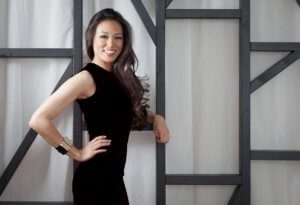
Dara Huang
1. What’s inspiring you at the moment?
I have been really inspired by pottery lately, it sounds strange, but I find the medium of clay, porcelain and the art behind how it’s made and formulated incredibly interesting. The different ways you can finish, heat or perform pottery in multiple ways is inspiring. I am mostly inspired by the volumetric forms and natural colours it comes in. There is a really nice LOEWE show at the Design Museum that really highlights some gorgeous pieces.
2. How important is sustainability to your design approach?
I think sustainability is such an important issue to think about when you are designing something. It is not always as superficial as where the materials are made out of, or the ratings of the installation. At Design Haus Liberty, we think about the direction the wind blows, the pattern the sun sets and how that effects the way the architecture passively sits in its environment. This is to ensure that the occupiers are as comfortable as possible.
Follow LUX on Instagram: the.official.lux.magazine
3. What are some of the challenges you face when refurbishing existing properties/developments?
Definitely everything you can’t see. Opening up a building to refurbish it is a can of worms as you never know what is going on inside. You will find rotting structure, asbestos and leaks. It is usually the most difficult to refurbish grade listed buildings. We have had to replace old timber inside floors which needed reinforcements on either side.
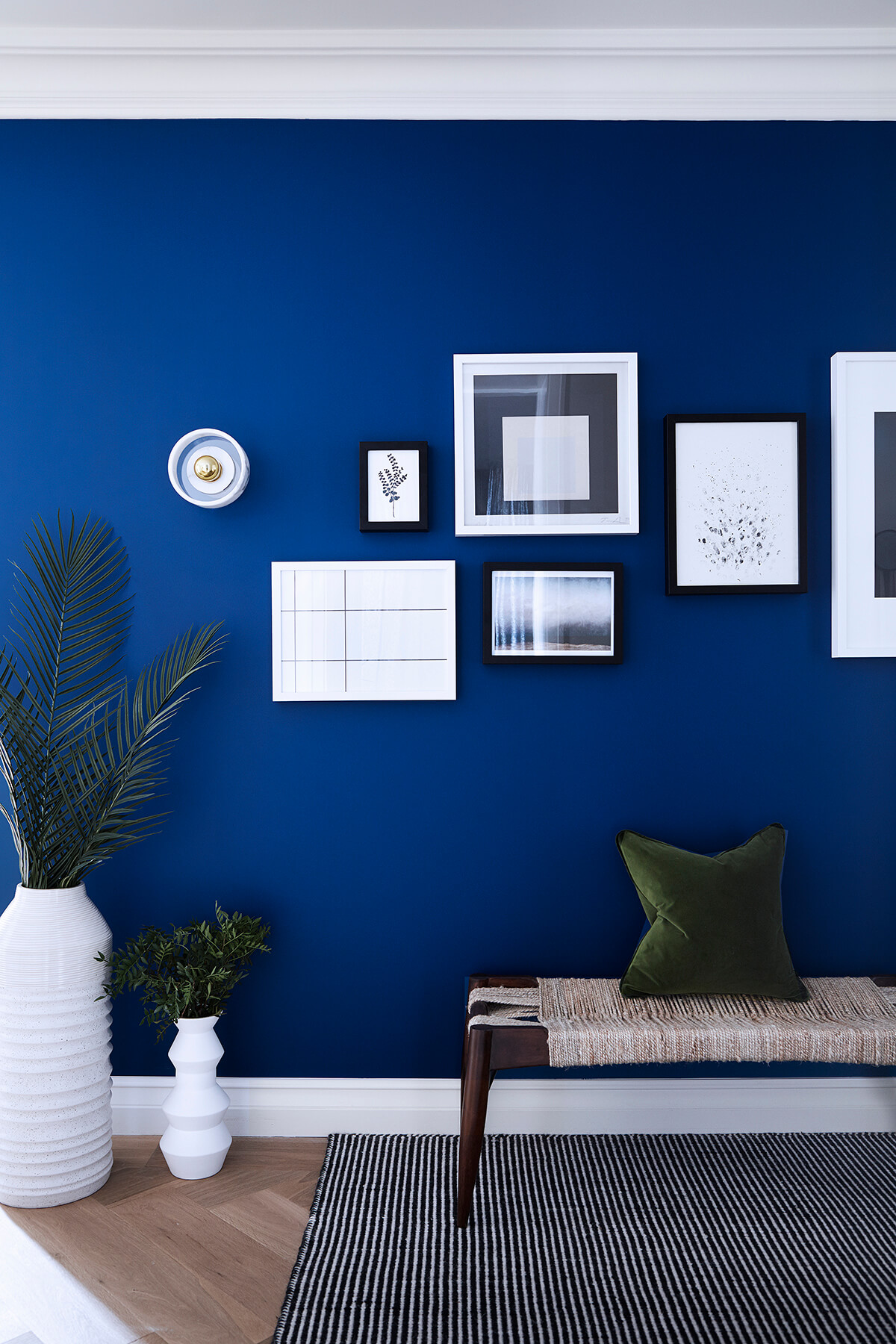
Design Haus Liberty and House of Sui Sui project: Hampstead Manor in London for residential interior refurbishment, for client Mount Anvil – completed 2017
4. What makes good design?
Balance. I don’t really practice Feng Shui but I do think that it doesn’t feel right when the design is off balance. I use my intuition for that rather than a calculated metric. Once the design feels balanced, the way you live in the space will too. Some of these principles do coincidentally correlate with Feng Shui but I think it’s common sense. It can be in colour, objects, the direction doors open or where they face, placement of furniture or art etc.
Read more: andBeyond CEO Joss Kent on creating luxury in the wilderness
5. Do you believe that contemporary architecture should reference the past?
I believe all good architecture should reference the context whether it’s a nod to the history, the urban planning, or the cultural references. Architecture should tie in with the place and not be 100% foreign. With that said, it is not that it needs to look like its surroundings, but it should have a concept derived from the place.
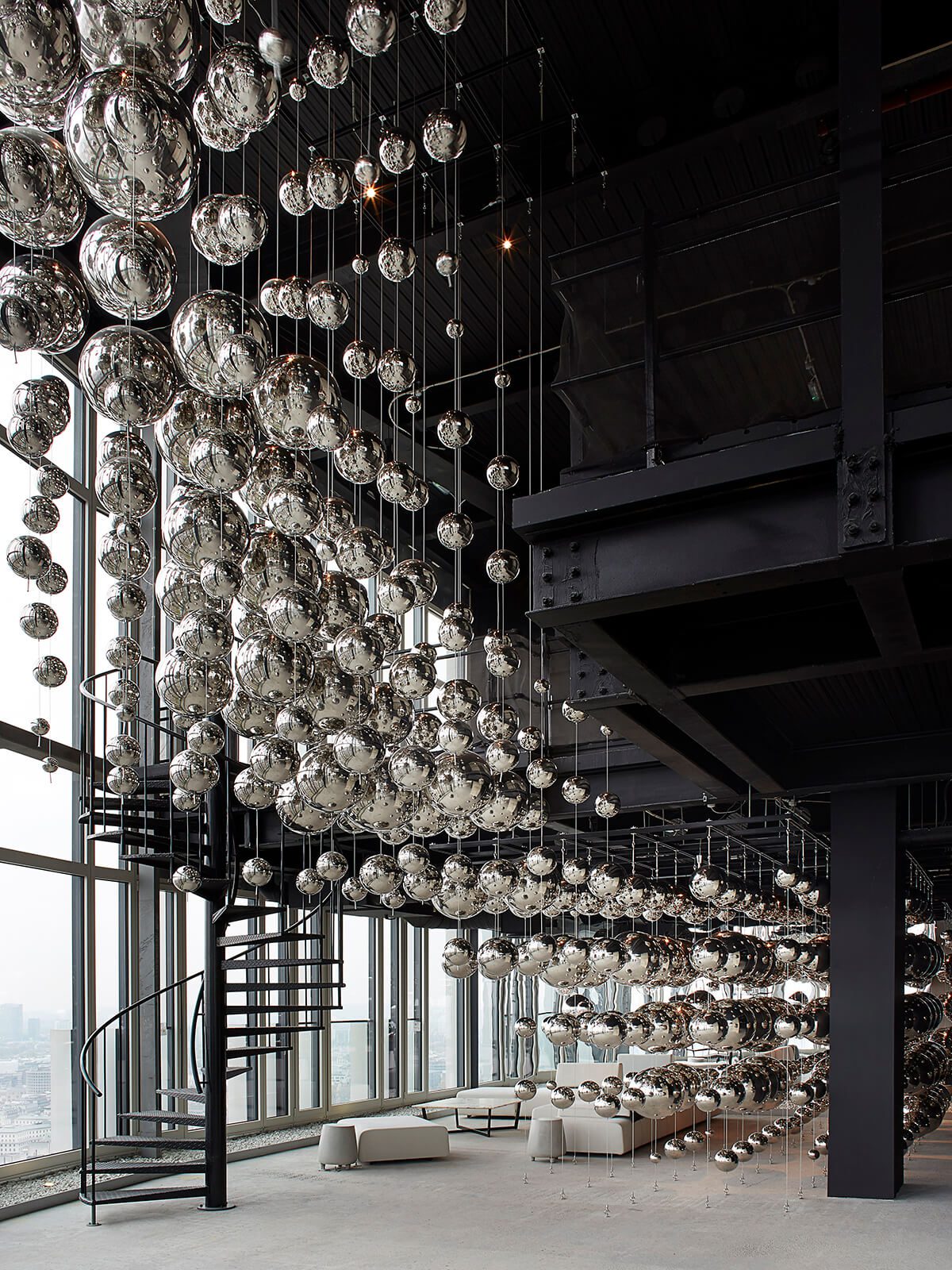
Design Haus Liberty Mercury installation in the penthouses at South Bank Tower, for client CIT – completed 2015
6. What’s your favourite building in London and why?
Good question! It would have to be something historical. I don’t particularly have one building in mind but I do love St Paul’s Cathedral. I love spaces more than buildings such as Carlos Place, Mayfair and Regent Street, for the grandeur of buildings enveloping you. It is quite breathtaking. The more contemporary work in London has been a disappointment compared to its past.
For more information and to view Design Haus Liberty’s full portfolio visit: dhliberty.com



